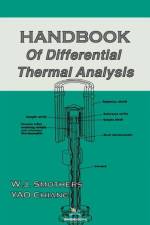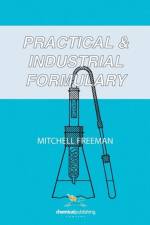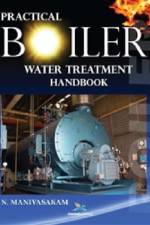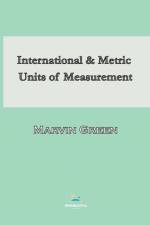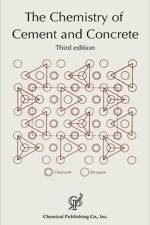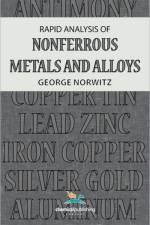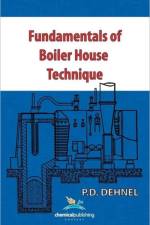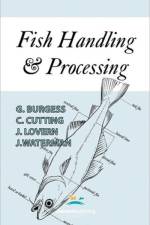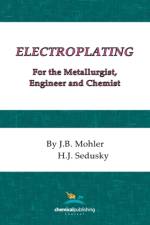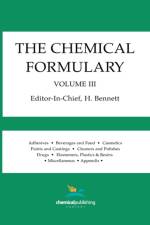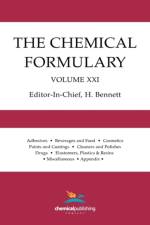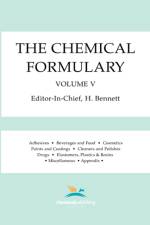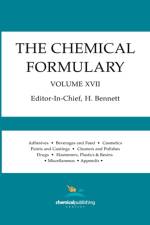von P.D. Dehnel
233,00 €
CONTENTS - PREFACE - 1. MODERN BOILERS - Classification of Boilers, Fire-tube or Shell Type Boilers, LancashireBoiler, Economic Boiler, Vertical Fire-tube Boiler, Packaged Boiler,Water-tube Boilers, Comparison of Fire-tube and Water-tube Boilers,Waste Heat Boilers, Hot Water Boilers, Rating of Sectional Boilers, HeatTransference Within a Boiler - 2. BOILER AUXILIARIES - Mountings and Fittings for a Steam Boiler, Boiler Feed Apparatus, FeedWater Regulators, Economisers and Air Heaters, Superheaters, SootBlowers, Mountings and Fittings for Hot Water Boilers - 3. WATER TREATMENT - Impurities Present in Water, Object of Water Treatment, Temporary orAlkaline Hardness, Permanent or Non-Alkaline Hardness, Units ofHardness, Tests for Hardness, Effect of Scale, Removal of Scale, Corrosion,pH Significance, pH Determination, Caustic Embrittlement,Methods of Treating Water for Removal of Salts, Oil and Grease Removalfrom Water, Boiler Foaming and Priming, Blow-down, BlowdownRemoval, Blow-down Quantity - 4. FORMATION AND PROPERTIES OF STEAM - Stages in the Formation of Steam, Sensible Heat, Latent Heat, DrynessFraction, Superheat, Volume of Dry Steam, Volume of Wet Steam,Entropy, Steam Calorimeters - 5. FUELS - Available Fuels, Definition of Terms Used, Solid Fuels, Peat, Coal,Preparation of Coal for the Market, Storage of Coal, Sampling of Coal,Classification of Coal, Coke, Liquid Fuels, Grades of Petroleum OilAvailable, Delivery of Fuel Oils, Storage of Fuel Oils, Oil Pre-heaters,Filters, Coal Tar Oils, Definition and Grades Available, Gaseous Fuels,Types Available - 6. COMBUSTION CALCULATIONS -Elements and Compounds, Symbols, Atomic and Molecular Weights,Chemical Equations, Avogadro's Law, Density of a Gas, Compositionof Air, Theoretical or Minimum Air, Excess Air, Calorific Value of aFuel, Products of Combustion -7. FUEL AND FLUE GAS TESTING -Bomb Calorimeter, Gas Calorimeter, Proximate Analysis of Coal, Viscosity.Determination of Viscosity, Redwood Viscometer, Flash-Point-Abel and Pensky-Martens Apparatus, Flue Gas Analysis and C02 Determination,Orsat Apparatus and Fyrite Indicator - 8. DRAUGHT - Object of Draught, Factors Determining the Amount of Draught Necessary,Natural Draught, Calculations in Connection with Draught Determinationand Chimney Sizing, Mechanically Produced Draught, InducedDraught Systems, Forced Draught Systems, Balanced Draught Systems,Fan Power, Draught Stabilizers, Draught Measurement - 9. COMBUSTION IN PRACTICE: SOLID FUELS -Burning of Solid Fuels, Coal Firing, Coke Firing, Banking of Hand-firedBoilers, Mechanical Stoking, Over-feed Mechanical Stokers, UnderfeedMechanical Stokers, Gravity Feed or Magazine Boilers, Pulverized FuelFiring - 10. COMBUSTION IN PRACTICE: LIQUID AND GASEOUS FUELS -In Burning of Oil, Types of Burners, Pressure Jet Burner, High PressureBurner, Medium Pressure Air Burner, Low Pressure Air Burner,Mechanically Operated Burners, Vaporizing Burners, Controls, Manual,Semi-Automatic and Fully Automatic, Ignition, Coal Tar Fuel Oils,Burning of Gaseous Fuels, Comparison of Fuels - 11. ATMOSPHERIC POLLUTION -Definition of Smoke, Effects of Atmospheric Pollution, Smoke Formation,Smoke Prevention, Grit and Dust Emission, Law in Connectionwith Smoke, Smoke Detection and Measurement of its Density, GritArrestors - 12. BOILER EFFICIENCY AND TESTING -Boiler Efficiency Calculations, Equivalent Evaporation, Heat BalanceSheets, Boiler House Log Sheets and Maintenance Schedules, BoilerHouse Instruments, Boiler Inspection and Insurance - ADDITIONAL READING -INDEX -




